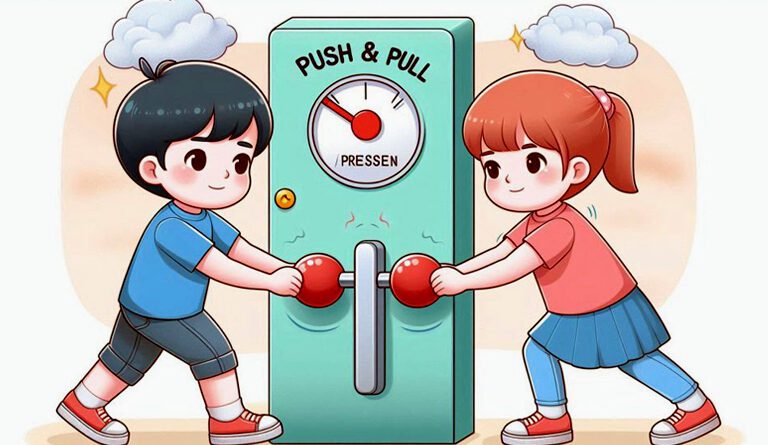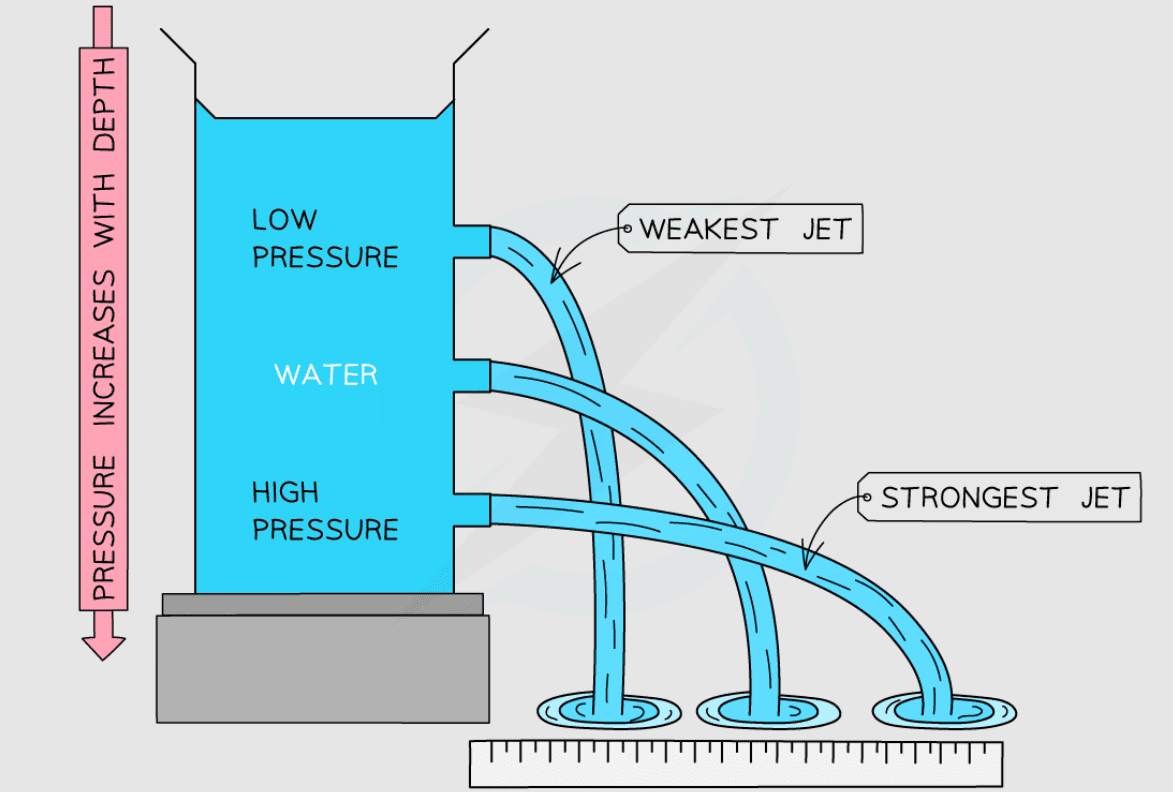Power of Pressure: Unleashing the Force That Shapes Our World
Force and Pressure Experiment For Class 8
Curiosity Questions
-
Why do deep-sea divers wear special suits even though water is just a liquid?
-
How can air something we cannot see inflate tires, push pistons, or cause weather changes?
-
Why does a pencil feel sharper than an eraser even when you apply the same force?
STEM Challenge Introduction
Have you ever wondered how airplanes stay up in the air, or how a doctor measures your blood pressure? These everyday wonders are explained by the principles of force and pressure. In this STEM challenge, you’ll explore how liquids and gases exert pressure, learn how pressure changes with surface area, and measure force using a spring balance. You’ll even build your own manometer using simple straws and colored water. This challenge is designed to help you observe the invisible forces at work all around us and inside us too.
Materials Required
Pressure in Liquids and Gases:
-
Transparent plastic bottle with cap (500 mL or 1 L).
-
Balloons (2-3).
-
Water.
-
Safety pin or needle.
Manometer:
-
2 clear plastic straws.
-
Flexible transparent tubing (30 cm) or IV tube.
-
Colored water (water + food color).
-
Measuring scale/ruler.
-
Tape.
-
Cardboard for support.
Force & Pressure:
-
Spring balance (0-5 N).
-
Sharp pencil.
-
Flat eraser.
-
Sponge, soft clay, or foam block.
Eco-Friendly Tips:
Reuse old straws, bottles, food containers, and sponge waste from packaging material.
Safety Precautions
-
Use pins or sharp tools under adult supervision.
-
Avoid spilling water near electrical outlets or devices.
-
Don’t inhale through straws connected to liquids.
-
Handle spring balances gently to avoid damage.
Step-by-Step Process
A. Demonstrating Pressure in Liquids
-
Fill a plastic bottle with water.
-
Make three small holes at different heights using a pin.
-
Seal the holes with tape.
-
Remove the tape and observe the water jets.
-
Which jet goes the farthest?
B. Demonstrating Pressure in Gases (Balloon-in-a-Bottle)
-
Insert a deflated balloon into an empty bottle, stretch its rim over the bottle opening.
-
Try blowing the balloon it won’t inflate.
-
Now, poke a small hole in the bottle’s base.
-
Try again. The balloon inflates easily.
C. Making a Simple Manometer
-
Fix two straws upright using tape on cardboard.
-
Join their bottoms with flexible tubing in a U-shape.
-
Fill colored water in the U-tube to equal level.
-
Connect one end to a balloon. Squeeze gently.
-
Watch water level rise in one arm, fall in the other.
D. Force & Pressure: Pencil vs Eraser
-
Place a sponge or soft clay on a flat surface.
-
Press a pencil vertically into it with mild force.
-
Repeat using a flat eraser.
-
Compare the impressions left.
E. Measuring Weight Using Spring Balance
-
Hang a known object (like a 100 g weight or small bag of rice).
-
Read the spring balance in Newtons (1 kg ≈ 10 N).
-
Try with different weights and compare.
Expected Outcome
-
Water jets from lower holes travel farther, showing pressure increases with depth.
-
Balloon inflates only when pressure inside and outside the bottle is balanced.
-
In the manometer, water levels shift when pressure changes.
-
Pencil makes a deeper impression due to smaller contact area.
-
Spring balance accurately shows force (weight) in Newtons.
Observation Questions
-
Which liquid hole had the strongest pressure? Why?
-
What caused the manometer water level to shift?
-
Why did the same force create different impressions with the pencil and eraser?
STEM Concepts Behind It
-
Force is any push or pull acting on an object.
-
Pressure is the force applied per unit area (P = F/A).
-
Liquids and gases exert pressure in all directions.
-
A manometer shows gas pressure through liquid level difference.
-
Spring balance measures force in Newtons using a spring mechanism.
Concept Elaboration
The concept of pressure ties together many STEM areas. Engineers use pressure calculations in building bridges and submarines. Scientists use manometers to study blood pressure and weather. Understanding force helps athletes, machine designers, and safety engineers optimize performance and stability.
Real-Life Applications
-
Air pumps and compressors use gas pressure.
-
Hydraulic lifts in car workshops work on liquid pressure.
-
Medical manometers measure internal body pressures like blood and lungs.
-
Aviation and space engineering depend on precise pressure control systems.
-
Footwear design uses pressure distribution for comfort and grip.
Your STEM Challenge
Design your own pressure-based device! Create a water-powered sprayer or a balloon-powered car. Use pressure to make motion or control flow. Document your design, process, and learning.
Think Further & Explore More
-
What happens to pressure in a liquid when you go deeper underwater?
-
Can you use pressure to create motion? How do rockets or steam engines do it?
-
Try making a barometer or use sensors to measure air pressure digitally.
Explore topics like Pascal’s Law, Atmospheric Pressure, Fluid Dynamics, and Hydraulic Systems for advanced learning.
See Here – Surface Tension Experiment Video
Click Here – LIGHT Shadows and Reflections Experiment for class 6


